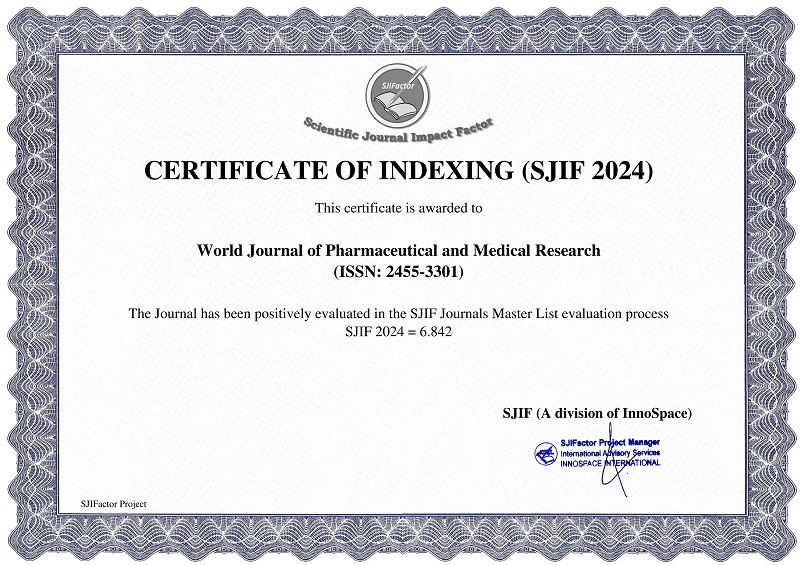TWAK SHARIR (SKIN) IN LIGHT OF CONTEMPORARY SCIENCE - A REVIEW ARTICLE
Dr. Ajay Kumar*, Dr. Madhu Verma and Dr. Shyam Sundar Gupta
ABSTRACT
According to Ayurveda, the term 'Twak' or 'Charma' is employed to describe the skin. It is referred to as such because it serves as a covering for the body. Twak plays a key role in the differentiation of skin layers during embryonic development. This process is primarily driven by the Pitta Dosha, in addition to all three Doshas. According to Charaka, Twacha is considered the Matruja Bhava (maternal tissue), one of the six Bhavas crucial to the development of the fetus. Twak is the Upadhatu of Mans Dhatu, which forms the outer protective layer of the body and shields it from external factors such as heat and cold. It is a vital organ of the integumentary system, enveloping underlying tissues and organs. Ayurveda considers Twak as Sparshanaindrya. While different Acharyas have discussed the layers of Twak, the understanding of each layer is not entirely clear in contemporary science. Acharya expounds on the thickness of each Twak layer relative to the Vreehi grain, with each layer having a distinct thickness. The formation of Twak, a term used in Ayurvedic medicine to refer to the skin, has been compared with the formation of casein over milk. However, there remains a need to comprehensively understand the structural, functional, and developmental features of Twak and skin, and to correlate them with each other. In light of this, the aims and objectives of this study are to investigate Twak from various Ayurvedic Samhita and to analyze and correlate Twak sthara with the different layers of the skin. This review will provide valuable insights into the similarities and differences between these two entities, and contribute to the advancement of Ayurvedic medicine.
[Full Text Article] [Download Certificate]



